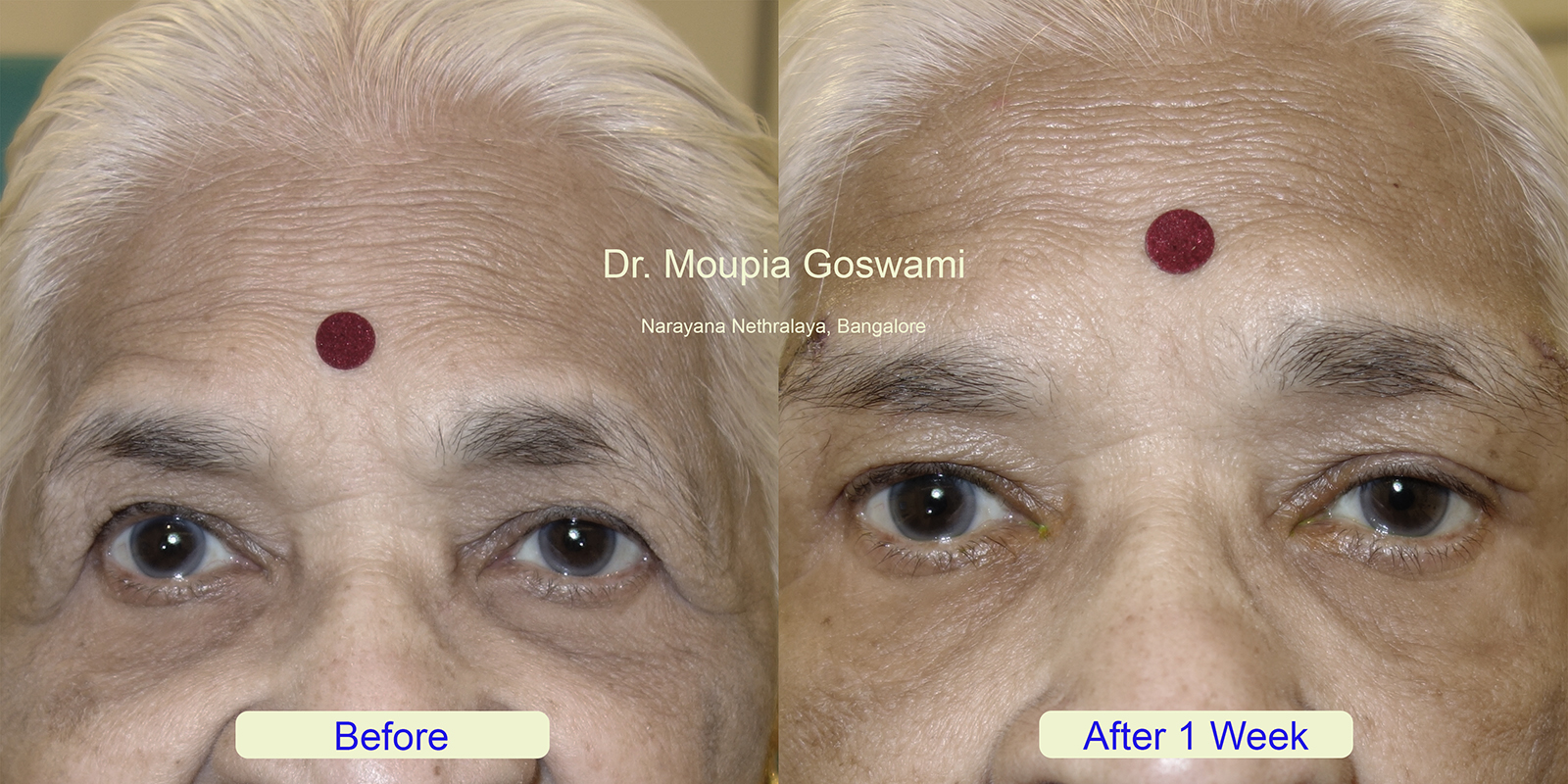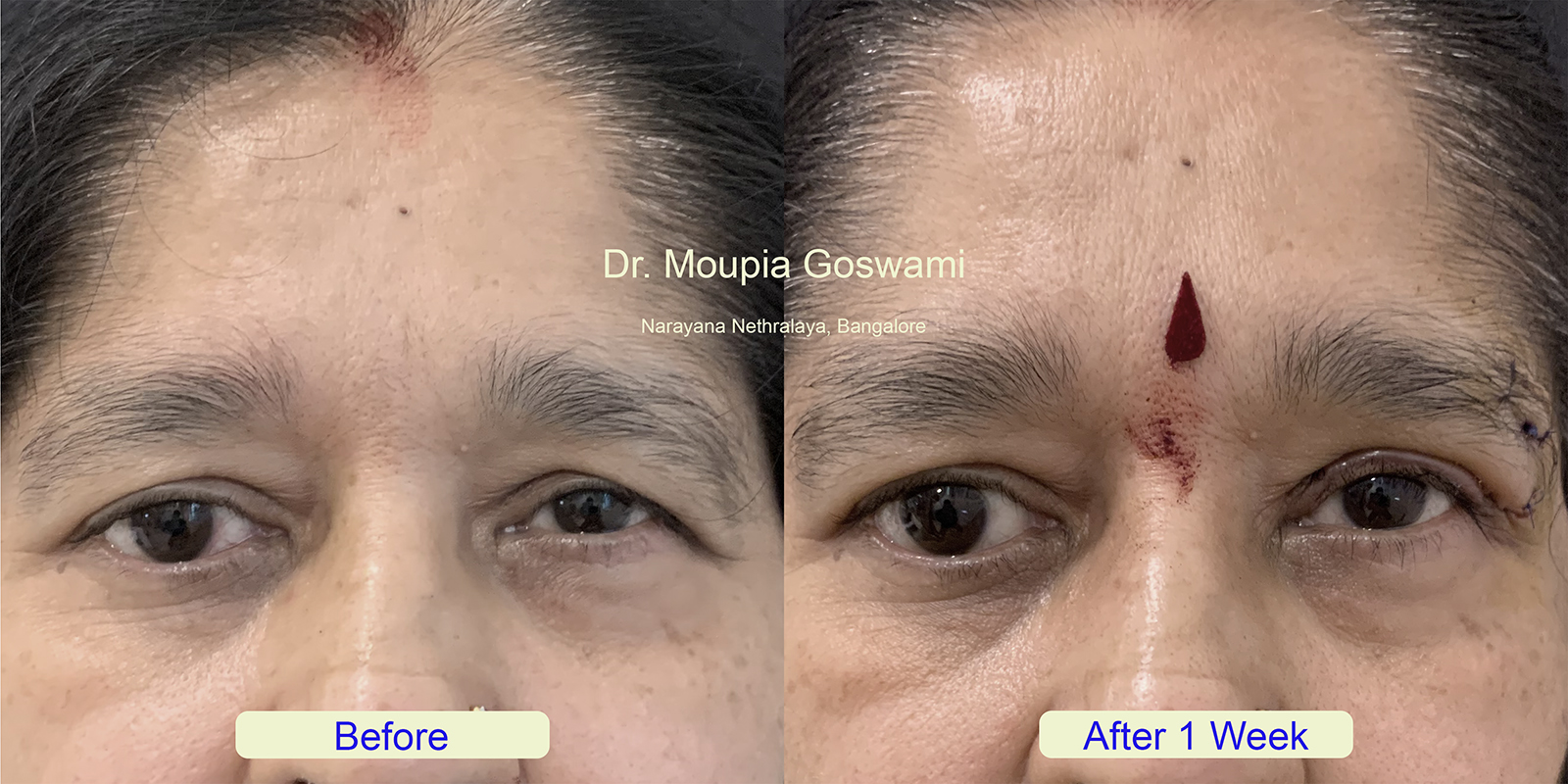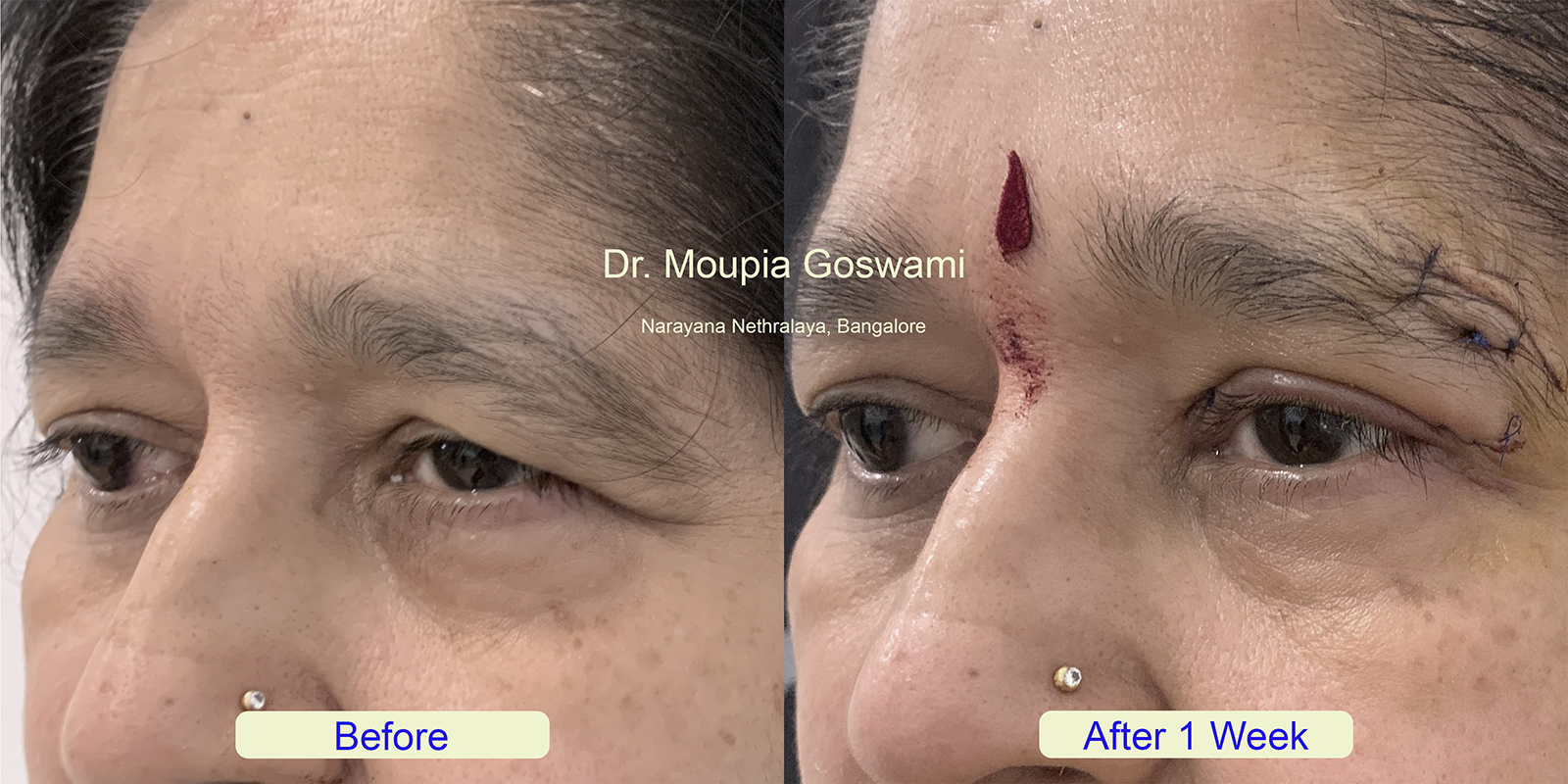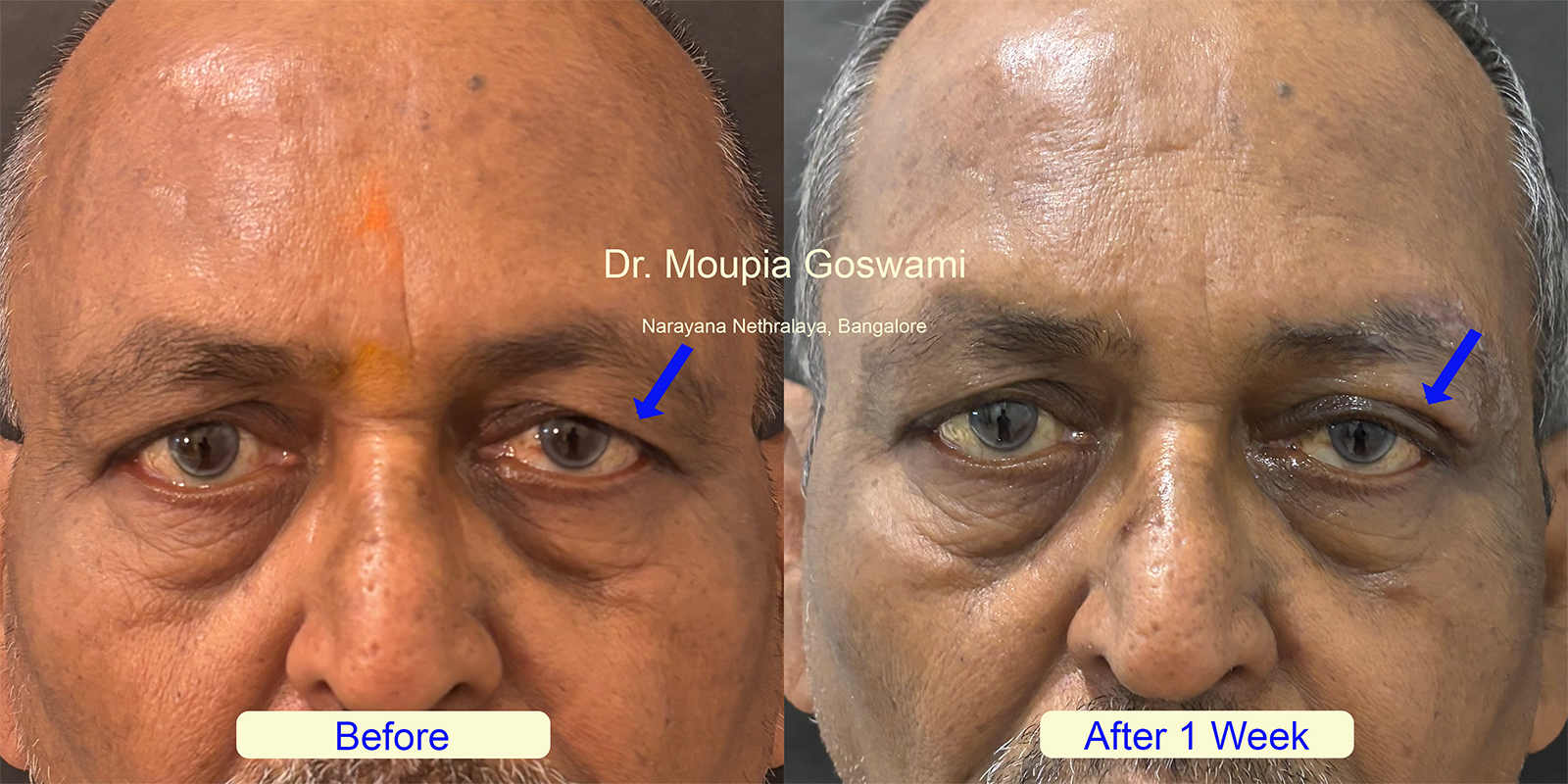Brow lift surgery, also known as a forehead lift, is a cosmetic procedure designed to elevate sagging eyebrows and smooth the forehead area. This procedure addresses concerns such as droopy brows, deep forehead wrinkles, and frown lines between the eyebrows, which can make the face appear tired, angry, or aged. By repositioning the brows to a more youthful and natural position, a brow lift enhances facial symmetry and restores a refreshed appearance.
This surgery is tailored to each individual’s needs and facial anatomy, ensuring results that look balanced and harmonious. Brow lift surgery is often sought as part of a comprehensive facial rejuvenation plan, providing long-lasting aesthetic and functional improvements. For more information about techniques, candidacy, and recovery, please explore the additional sections on this page.



